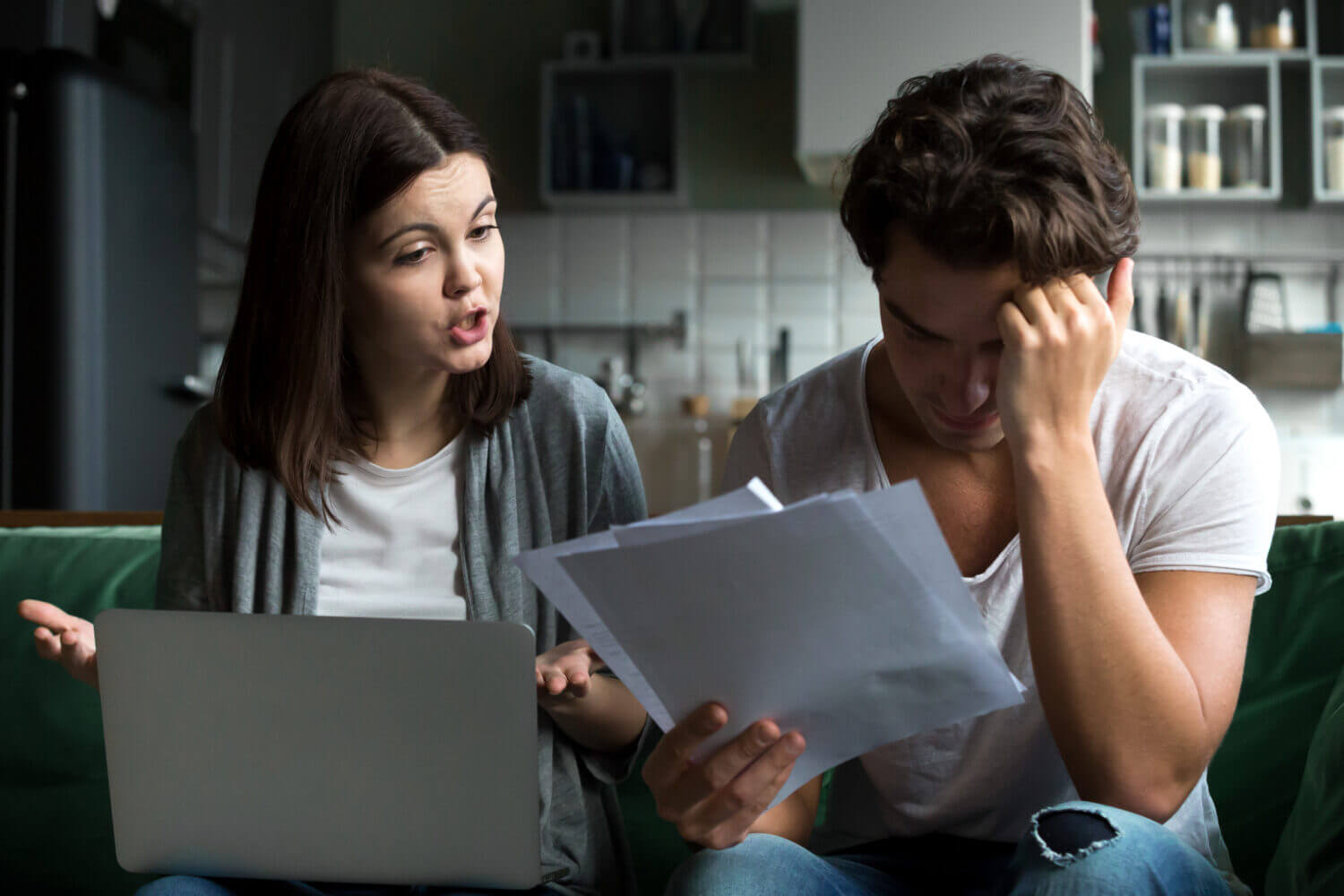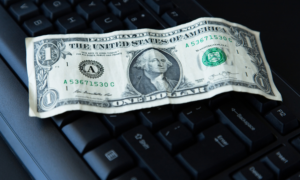How to tell if you’re over-using credit—and get it under control
Remember that it took time to get into debt, so it will take time to get out of debt. And there are a number of debt-relief strategies you can lean on. Here’s a rundown of the most common, along with the pros and cons of each, for you to consider.










